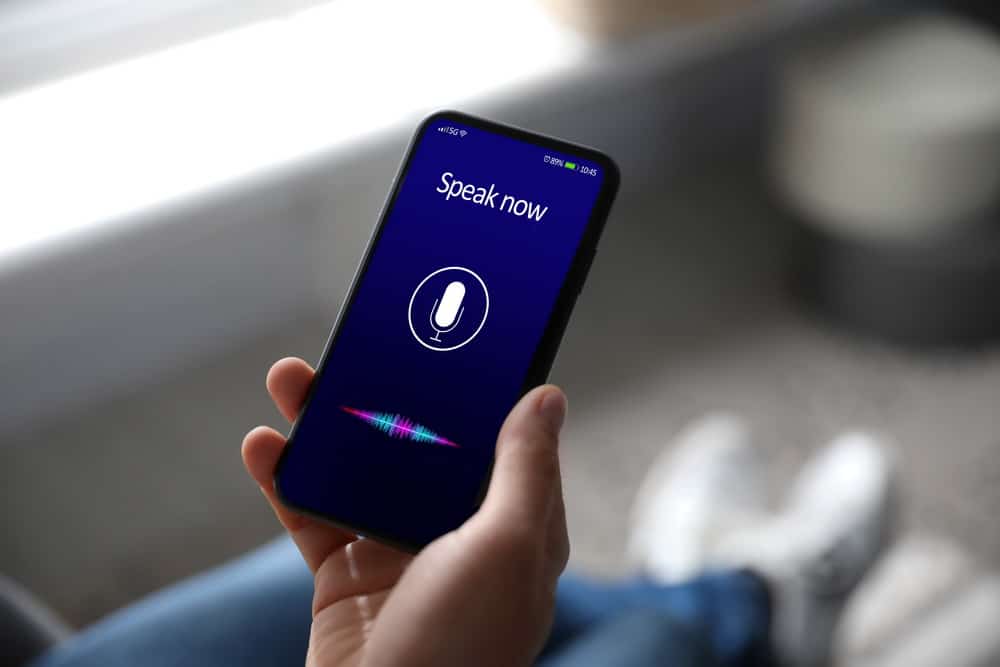SEO is all about generating organic traffic by improving how a site ranks for certain keywords in search engine results pages (SERPs). Unfortunately, Google continues to make things harder for those of us who depend on organic search results to make a living.
Google wants more paid ads and less organic results. That is their business. Our business is to continue generating organic traffic and increasing visibility for our clients. Rest assured that we keep up with search engine evolution. We can also recommend the following SEO tips for improving both organic traffic and visibility:
1 Optimize Site Content
As Google’s algorithms have matured over the years, they have gotten better at separating quality content from junk. Smart SEO providers take what they know about Google’s algorithms and use it to optimize content accordingly.

Content optimization is not a black and white science. How it is applied to a given piece of content depends on the goals for that content. As a general rule, content can be optimized by paying attention to:
- keyword density (both primary and secondary keywords)
- word count (when working with written content)
- easy consumption regardless of content format
- effective meta, title, and description tags.
Speaking specifically of word content, search engine algorithms have increasingly become more adept at opting for brevity when necessary. For example, some search queries can be answered with a single word or phrase – like asking how old a famous celebrity is.
Likewise, other queries require 600 to 1000 words to answer. If your content on a particular topic is just 300 words where your competitors average 600, optimizing that piece would involve boosting the word count by adding more relevant information.
2. Refresh Old Content
All website content decays over time. Some of the decay is related to outdated or no longer relevant information. The rest is related to the reality that you have to turn your attention to other things. However, that does not mean you cannot refresh old content from time to time.

Blog posts can be refreshed with appropriate updates. If there are no specific updates to apply, you can turn a piece of old content into a video or infographic, then publish that.
3. Add More Internal Links
Links do more than help end-users find content. They also help web crawlers make the journey from one page to the next. As an SEO expert, one of your tasks is to make sure web crawlers spend as much time on your client’s site as possible. The best way to do that is to create internal links.

4. Go After Broken Backlinks
Broken backlinks help neither the linking nor target site. You can improve page ranking and simultaneously be a hero by contacting linking sites and offering to replace broken links from your competitors with your own. Every replaced link adds to your site’s credibility and helps establish a relationship with another website owner.

5. Improved User Experience
Sometimes SEO providers obsess so much over hard traffic numbers they fail to realize how user experience affects page rankings. Remember that Google has made a science of analyzing page content and relevance. One of the ways they do so is by keeping track of bounce rates.

This suggests that improving the user experience will keep visitors on your site longer. As a result, your bounce rates will go down. Bounce rate reduction tells Google that your page is something users find relevant and/or useful enough to take some time with.
6. Put Effort into Voice Search
Google made no attempt to hide the fact that they were developing a mobile-first search experience a few years back. That experience is now officially part of Google’s platform. That being the case, Google now places a heavy emphasis on voice search. SEO providers should as well.

The key to optimizing for voice search is to think in terms of how people speak. Typing keywords into a search box leads people to be as brief as possible. But when they are speaking to their phones or smart speakers, they are more likely to ask questions.
Voice search is built on questions. Maximizing it requires becoming an expert in long tail keywords. It requires truly getting to know your audience so that you can conceptualize the types of questions they will ask when searching for your site.
7. Continue Putting Effort into Mobile
Any SEO provider worth doing business with has been putting considerable effort into mobile for some years now. Assuming you have been doing so, do not let that effort wane. Mobile continues to define how search engines go about their business. They want to attract as many users as possible, and they know that the majority of consumers with smartphones use their devices to browse the web.

8. Think in Terms of User Intent
In an effort to make search engine results more appealing to users, Google has begun analyzing content in relation to user intent. Their engineers are seeking to understand why internet users run certain search queries. They want to know the intent behind every query run.

The savvy SEO provider will do the same thing. As a result, they will not focus so heavily on keywords that they fail to consider topics. As the internet and searching evolves, individual keywords are losing their impact. They are still important, but now they must be chosen and deployed based on topic clusters rather than as drivers of single posts.
Search engines continue to evolve. As such, SEO must evolve right along with them. The eight tips for improving organic traffic and visibility mentioned in this post are just a starting point for keeping up.
The primary lesson here is that remaining static is not an option for SEO. You either change with the times or content yourself with being left behind by them. Google is not the same today as it was 20 years ago. It will be different 20 years from now. Your SEO should reflect that.















